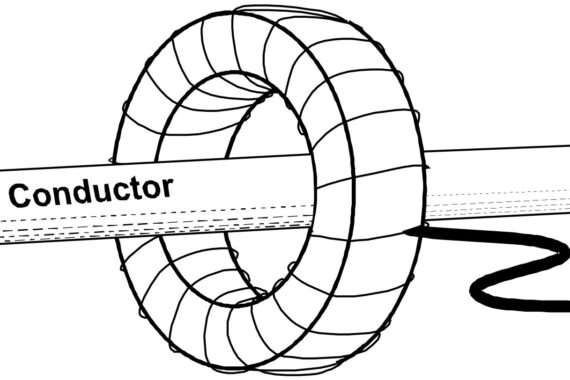0 items
Rogowski coils take their name from W. Rogowski who, in 1912, co-authoured a paper with W. Steinhaus entitled 'Die Messung' der Magnetischen Spannung (Messung des Linienintegrals der Magnetischen Fieldstärke). This describes a coil wound on a flexible strip of material and a number of experiments to measure electric currents and other magnetic quantities as well as the ability of such a coil to reject external magnetic fields that do not originate from currents flowing through the coil.
An earlier account of the use of a coil wound on a flexible former is the paper written in 1887 by A. P. Chattock 'On a Magnetic Potentiometer' which describes the use of a long flexible coil for measuring magnetic potentials (magnetomotive force). Chattock's name is now associated with the Chattock Potentiometer which is used for testing the cores of generators and motors for defects.
Rogowski Coils have been used subsequently by several laboratories for specialised electronic current measurements in a wide range of applications.
Even experienced electrical engineers can find the application of Rogowski coils complex to understand. This section of the website aims to explain aspects of the working of Rogowski Coils and associated equipment.



Share this page